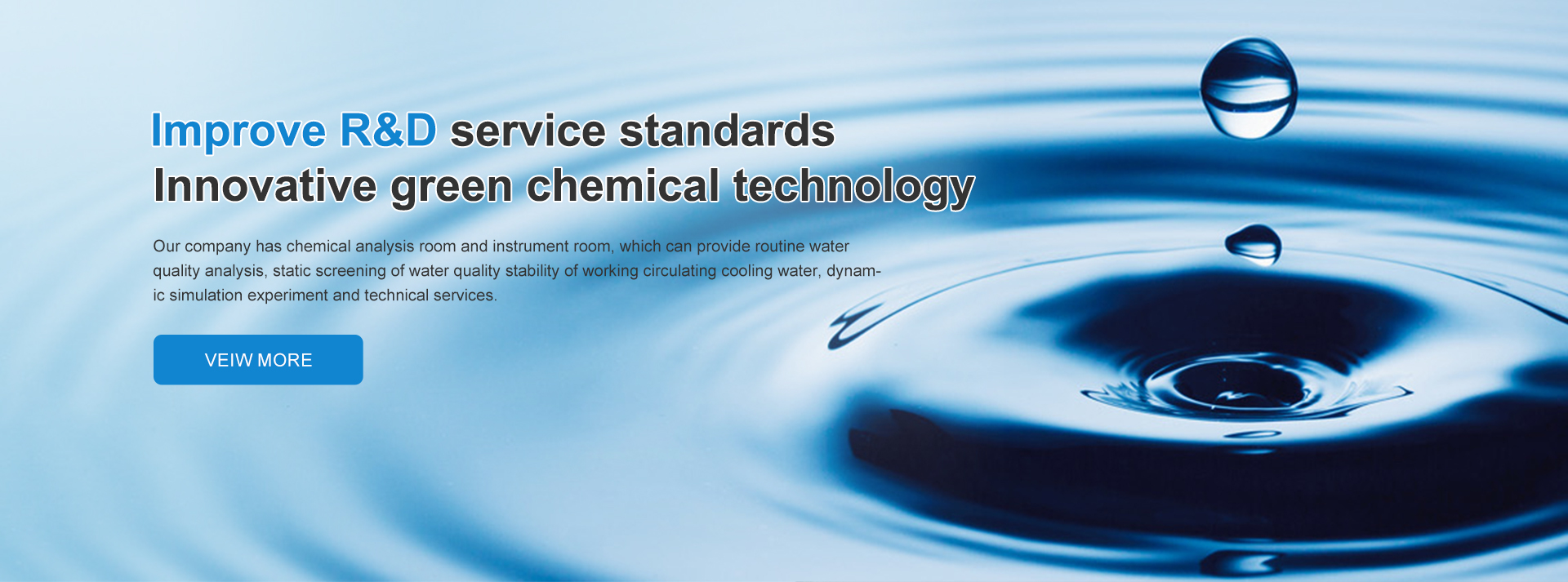Understanding the Role of Coagulants and Flocculants in Water Treatment Processes and Applications
Coagulants and Flocculants Key Players in Water Treatment
In the realm of water treatment, coagulants and flocculants play essential roles in ensuring the purification of water. These substances are critical in the processes designed to remove impurities, sediment, and contaminants, making water safe for consumption and release into the environment. Understanding their functions, types, and applications can help us appreciate their significance in the realm of environmental science and engineering.
What are Coagulants and Flocculants?
Coagulants are chemical substances that promote coagulation, a process where particles clump together to form larger aggregates known as flocs. This is particularly important in water treatment because natural water often contains small and fine particles, including mud, silt, and organic debris, which cannot settle out by gravity alone. Common coagulants include aluminum sulfate (alum), ferric chloride, and polyaluminum chloride. These substances carry a charge that neutralizes the negative charges on the particles, allowing them to aggregate.
Flocculants, on the other hand, are agents that help these aggregates (flocs) to settle more effectively. They are often polymers that further enlarge the clumped particles, making it easier for them to be removed from the water during filtration or sedimentation. Flocculants increase the size and density of the flocs, facilitating their removal from water by gravity or mechanical methods. Examples of flocculants include polyacrylamides and natural products like chitosan, which is derived from shellfish.
The Water Treatment Process
The water treatment process typically consists of several stages screening, coagulation, flocculation, sedimentation, filtration, and disinfection. Initially, water is screened to remove large debris. The subsequent addition of coagulants initiates the coagulation process, where fine particles begin to collide and combine. After that, the mixture is subjected to flocculation, where gentle agitation helps to form larger flocs from the smaller aggregates.
coagulant flocculant

Once adequately formed, these flocs are allowed to settle in a sedimentation tank where gravity does its work. The settled flocs, now heavy enough to be removed, significantly reduce the turbidity of the water. Following this, the water undergoes filtration to remove any remaining particles, and finally, disinfection is conducted to eliminate pathogens.
Applications Beyond Water Treatment
While the primary application of coagulants and flocculants is in water treatment, their usefulness extends far beyond this area. They are also widely used in the food industry, particularly in processes like juice and wine clarification. Additionally, in paper manufacturing, these agents help in the dewatering process by facilitating the removal of fine particles.
In the mining industry, coagulants and flocculants assist in the separation of valuable minerals from ore, thereby optimizing resource extraction. Wastewater treatment facilities employ these substances to ensure that contaminants in industrial effluent are adequately treated before being released into natural water bodies.
Environmental Considerations
While coagulants and flocculants are immensely beneficial, it is crucial to consider their environmental impact. The use of synthetic polymers in particular raises concerns about residual chemicals in treated water. As a result, researchers are exploring more eco-friendly alternatives and biodegradable options to mitigate potential negative effects on ecosystems.
In conclusion, coagulants and flocculants are vital components in efficient water treatment systems. Their ability to enhance the removal of particulates not only ensures cleaner water for public consumption but also plays a significant role in various industrial processes. As society continues to prioritize clean water and environmental protection, the development of innovative coagulant and flocculant technologies will remain at the forefront of research and application.
-
Water Treatment with Flocculant Water TreatmentNewsJun.12,2025
-
Polymaleic AnhydrideNewsJun.12,2025
-
Polyaspartic AcidNewsJun.12,2025
-
Enhance Industrial Processes with IsothiazolinonesNewsJun.12,2025
-
Enhance Industrial Processes with PBTCA SolutionsNewsJun.12,2025
-
Dodecyldimethylbenzylammonium Chloride SolutionsNewsJun.12,2025





